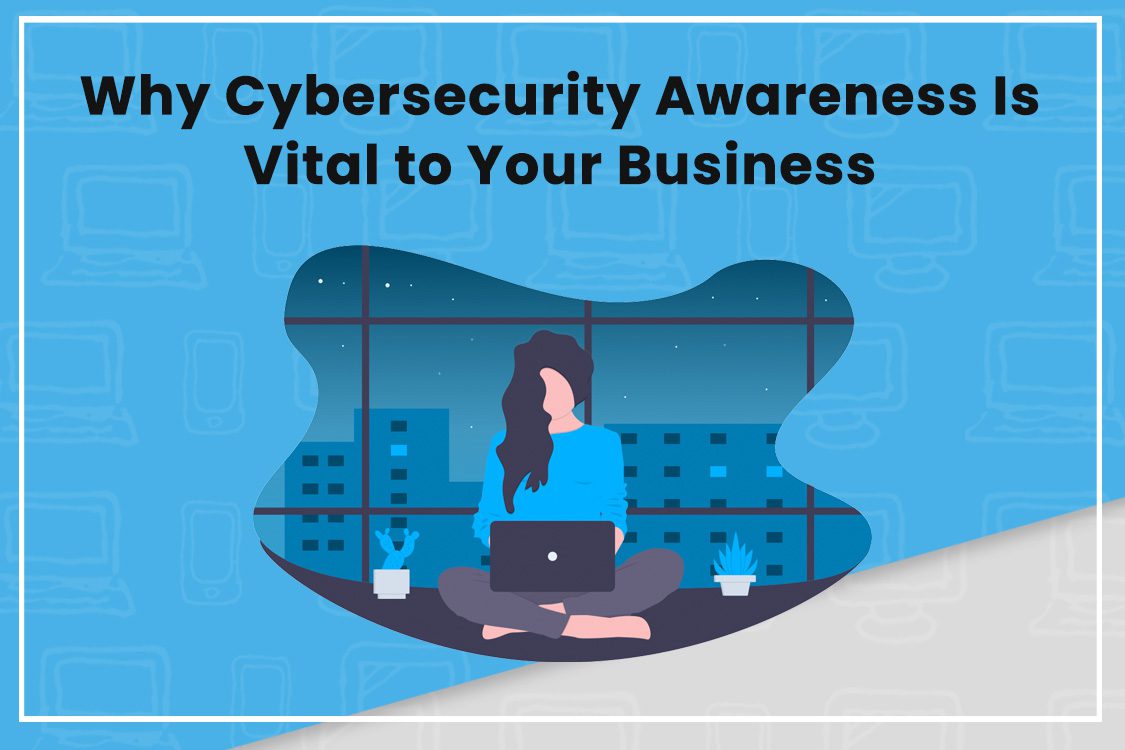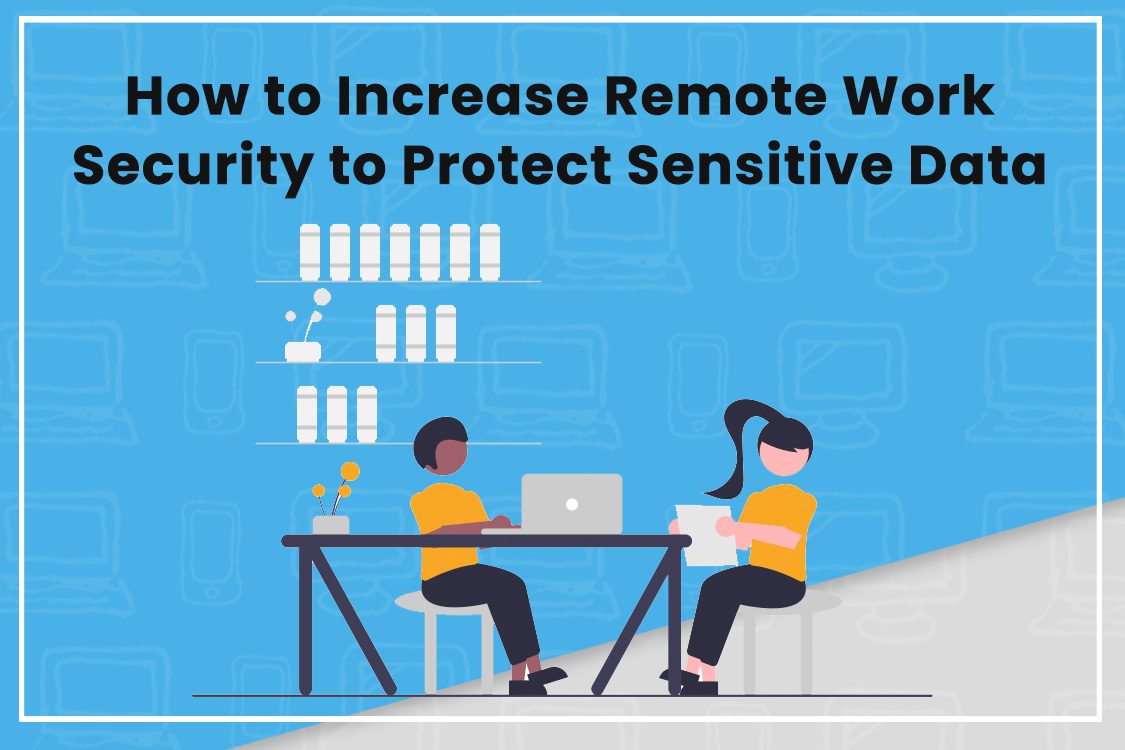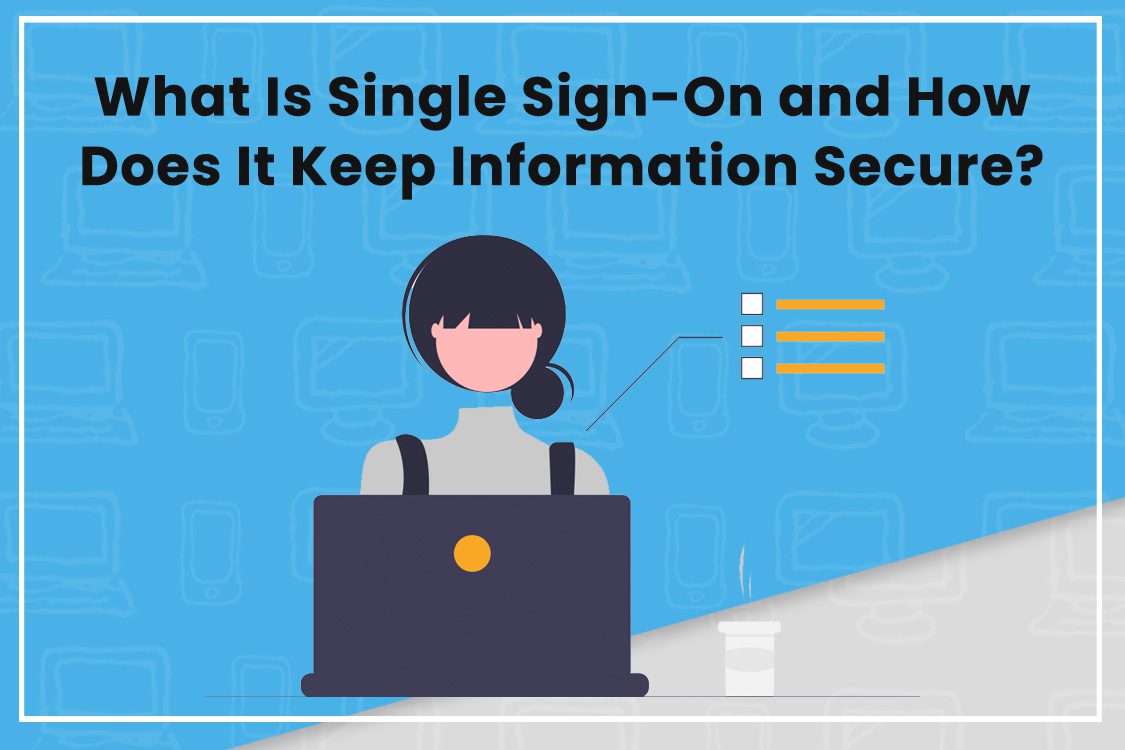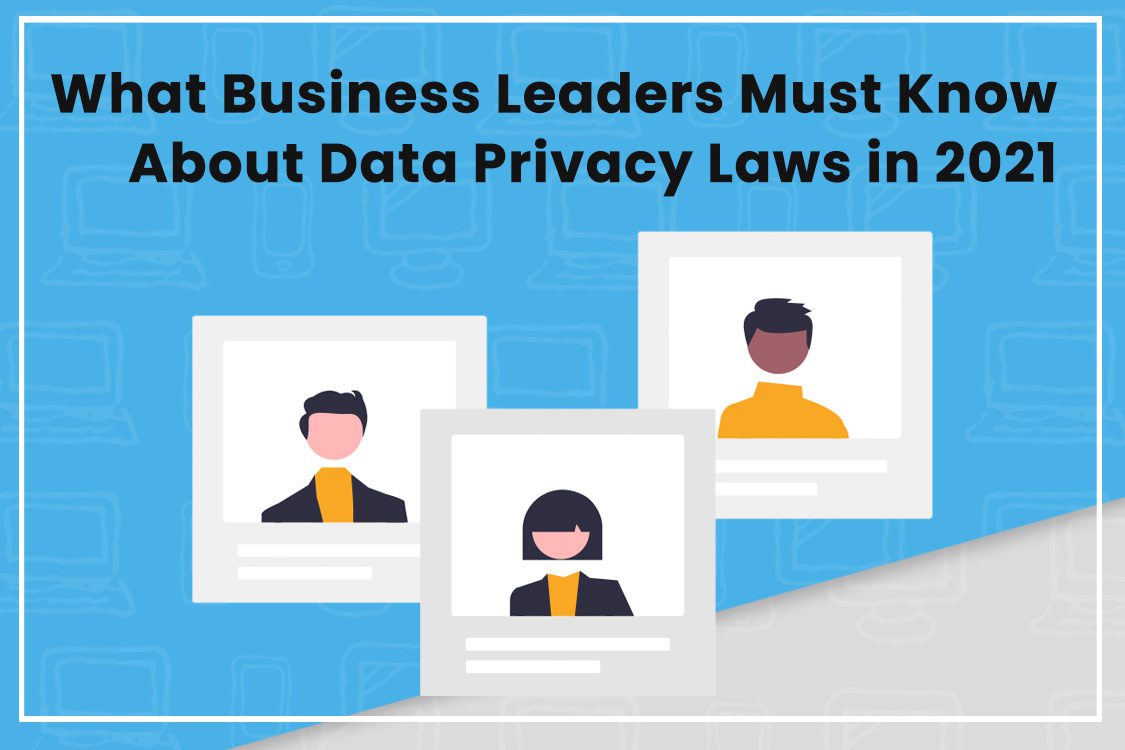Experts estimate that cyberattacks could cost the world $10.5 trillion annually by 2025. Businesses are particularly at risk as they are lucrative targets for hackers looking to make money.
A data breach on your company can be catastrophic. About 60 percent of small businesses fold within six months of being breached. Yet,
Read More

Your Security Wish List for 2018
New Years has come and gone. You have probably already made your New Years’ Resolutions by now. Maybe one of yours is to wake up earlier each morning, or lose weight, quit smoking, or give up chocolate. But what probably isn’t on your New Years’ Resolutions list is to improve your security. Security should always be taken seriously. Even if you are diligent about changing your passwords often and/or encrypting your files, the sad truth is this isn’t a perfect world and mistakes can happen. But what happens when those mistakes cost you everything? Check out this site to learn more about the security predictions for 2018. Well, 2018 is going to be the year you turn it all around. But where do you start? First, imagine your ideal, secure world. What would your best security practices look like? Here are the top features things that should be on your security wish list this year. 1. A password manager to secure and store ALL my passwords. Having a password manager can make your life so much easier…and secure. Import all your passwords into a password manager and automatically log in to all your favorite sites—saving you time, money, and increasing security. Learn more about the top password managers here. 2. Automatic password changer. Do you forget to change your password when it’s time? Or worse…do you remember to change your password then forget it the very next day? Use an automatic password changer to change your passwords—and manage and store them—all for you. A good password changer can save users an average of the 283 minutes that it takes to change 100 passwords! 3. Data detective. Hire your own data detective to watch your files, your system, and your devices and easily keep hackers away. Catch your hacker in the act by snapping their picture and obtaining their identification and IP address the minute they hack into your system. How? Visit here to learn more about MugShot technology. 4. Authentication that is actually authentic. Regardless of whether you are a consumer or enterprise, you can benefit from two-factor authentication (2FA). Let’s go back to security basics here for a second. Security measures and controls of the past only contained one level. Now, in an effort to boost security, there are now two levels. This improved level of security is known as two-factor authentication (2FA). This means that users will need two pieces of identification. Now, that’s security that is truly authentic. 5. Password dialer. Do you run out of passwords to use? Do you know what makes a password secure? The answer is NOT special characters, but randomness and length. A password dialer can create secure and unique passwords on the fly…putting maximum security in the palm of your hands. Literally. Get Thinking About Security in 2018… You don’t have to settle for low quality or inefficient but expensive security controls in 2018. If the above points are on your wish list, then your wishes have come true! These features are available now…and so much more! Read more about the top features of using a password manager here. Visit LogmeOnce today to learn more about security management basics, how to reduce your risk of a cyber attack or other security events, and even how we can help you to create a fun user experience while improving your security.






















